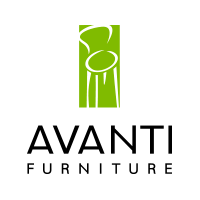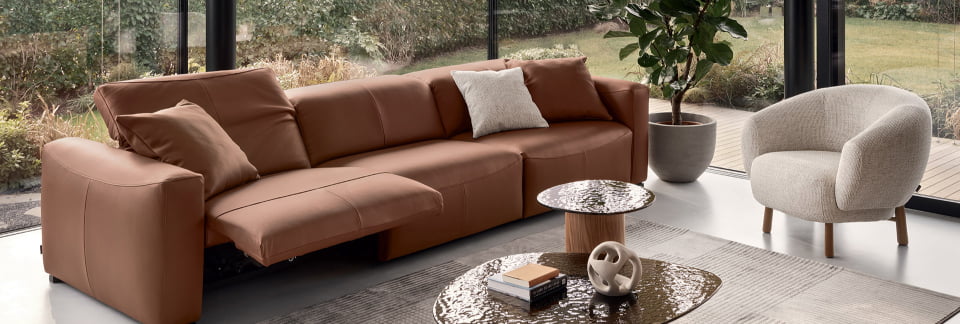Blog
Beyond the ’70s: The Evolution of Design Trends
In the ever-evolving world of interior design, one might have expected the cyclical nature of trends to have propelled us far beyond the nostalgic embrace of the 1970s. Yet, contrary to predictions, our infatuation with the groovy era seems far from waning. As design experts examine the landscape, it appears that the ’70s design obsession is not only enduring but flourishing, with projections suggesting that it will persist well into 2024 and beyond.
In recent years, aficionados of design have found themselves ensconced not in a mere time warp, but rather in a perpetual homage to the ’70s aesthetic. Even amidst the turmoil of the global pandemic, a brief divergence occurred when Instagram feeds were momentarily flooded with checkered prints, mirror balls, and motivational neon signs—an eclectic mix reminiscent of 1980s Miami Vice, 1990s Peach Pit nostalgia, and early 2000s indie sleaze. However, this deviation was short-lived, and the gravitational pull of the ’70s design continued to dominate the landscape.
From the iconic blob sofas and rattan furniture to the avant-garde creations of designers like Gaetano Pesce and Maria Pergay, the botanical motifs and bohemian spirit of the ’70s have become defining elements of the design ethos in the 2020s. The era’s distinctive palette of chocolate brown, burnt orange, and mustard has not only made a triumphant return but is poised to continue its reign well into 2024, according to insights from the influential 1stDibs Designer Survey.
The survey, a barometer for discerning the pulse of the design world, predicts a continued surge in enthusiasm for the ’70s aesthetic. Designers participating in the annual survey have noted a doubling of interest in 1970s bohemianism, indicating that this trend is not merely a passing fancy but a significant and enduring force in the world of furniture and interior design.
Anthony Barzilay Freund, the editorial director and director of fine art at 1stDibs, sheds light on this phenomenon, stating, “In furniture trends and shopping, it’s just continuing to be popular today.” This enduring popularity may be attributed to the timeless appeal of the ’70s aesthetic, which seamlessly blends nostalgia with a touch of modernity, creating a harmonious fusion that resonates with a diverse range of design enthusiasts.
Mushroom lamps, an emblematic element of ’70s design, are set to maintain their prominence, continuing to sprout up in interiors worldwide. Their organic shapes and warm, diffused lighting have proven to be enduringly appealing, adding a touch of whimsy and sophistication to contemporary spaces.
For those eagerly anticipating a departure from the ’70s design dominance, it seems patience is in order. The design landscape is a dynamic and ever-shifting terrain, and while trends may come and go, the ’70s aesthetic has firmly entrenched itself as a design archetype that shows no signs of fading away. As we continue to be captivated by the allure of retro-chic and embrace the timeless elegance of the ’70s, it becomes evident that what comes after our ’70s design obsession is a future that, at least for now, remains firmly rooted in the past.








